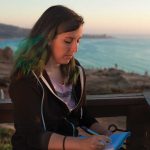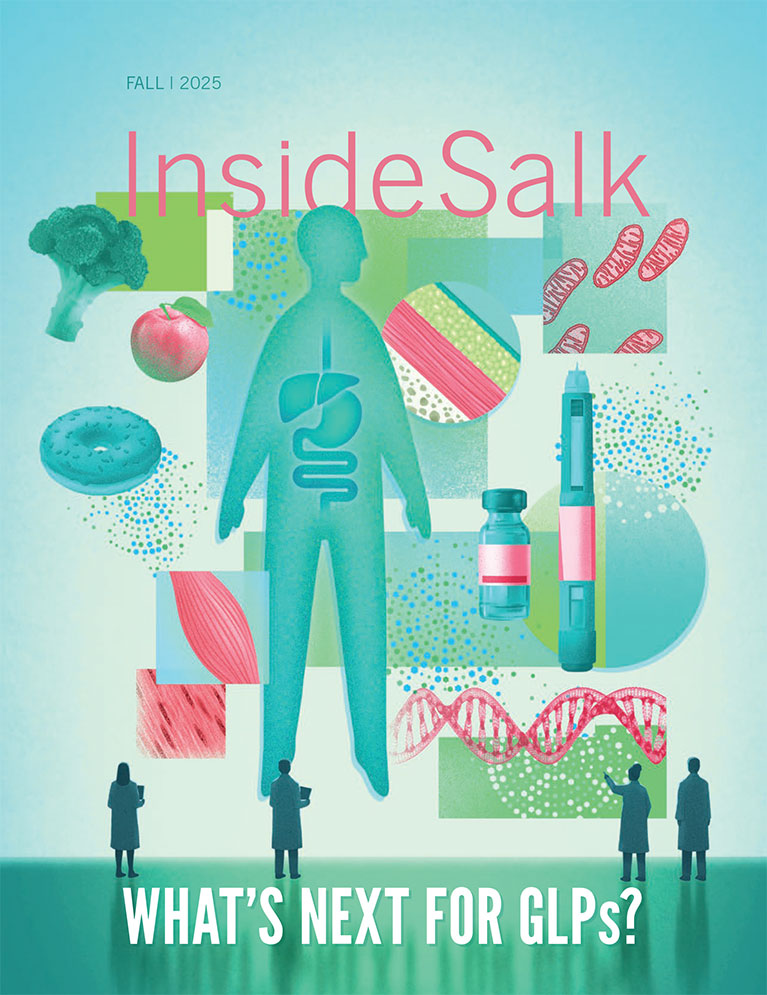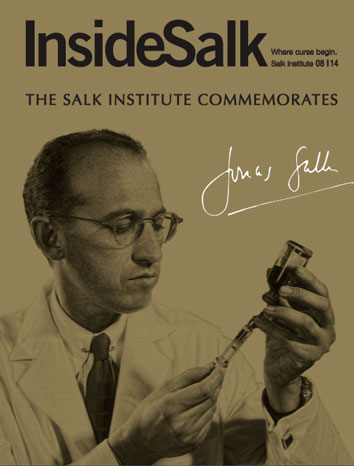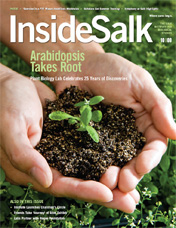Pamela Maher, a senior staff scientist in the lab of Dave Schubert, found further evidence that a natural compound in strawberries reduces cognitive deficits and in inflammation associated with aging in mice. The work, which appeared in the Journals of Gerontology Series A in June 2017, builds on the team’s previous research into the antioxidant fisetin, finding it could help treat age-related mental decline and conditions like Alzheimer’s or stroke.
Read News ReleasePlant Biology
Subway networks mimic plant architectures
How plants grow like human brains
Plants and brains are more alike than you might think.
Salk scientists Saket Navlakha, Charles Stevens, Joanne Chory and colleagues discovered that the mathematical rules governing how plants grow are similar to how brain cells sprout connections.
The team gathered data from 3D laser scans of plants to build a statistical description of theoretically possible plant shapes by studying the plant’s branch density function, which depicts the likelihood of finding a branch at any point in the space surrounding a plant. Basically, this says that branch growth is densest near the plant’s center and gets less dense farther out following a bell curve. This property turned out to be universal regardless of a plant’s growth conditions (sun versus shade, for example). The work, published in Current Biology on July 6, 2017, and based on data from 3D laser scanning of plants, suggests there may be universal rules of logic governing branching growth across many biological systems.
Read News ReleaseFeatured Stories
 Harnessing plants for the futureGet ready, sunny San Diego: Winter is coming. We’re not talking about a new season of Game of Thrones—although the story is one of epic proportions and high stakes.
Harnessing plants for the futureGet ready, sunny San Diego: Winter is coming. We’re not talking about a new season of Game of Thrones—although the story is one of epic proportions and high stakes. Sung Han was destined for SalkHan, an assistant professor in the Clayton Foundation Laboratories for Peptide Biology, arrived at the Institute a year ago to study how the brain recognizes aversive sensory signals.
Sung Han was destined for SalkHan, an assistant professor in the Clayton Foundation Laboratories for Peptide Biology, arrived at the Institute a year ago to study how the brain recognizes aversive sensory signals.  All roads lead to science for Elena Blanco-SuárezFrom early on, it was pretty much a given that Elena Blanco-Suárez would be a scientist.
All roads lead to science for Elena Blanco-SuárezFrom early on, it was pretty much a given that Elena Blanco-Suárez would be a scientist.




















































